 Some of my ancestors were transported in 1788 from Portsmouth, England to Port Jackson (now Sydney Harbour) by sailing ship, in confined and cramped conditions, amid sickness, with discomfort and short rations....................................................... The journey took six long months. That was in the era of my grandfather's great grandfather. Not really so long ago.
Some of my ancestors were transported in 1788 from Portsmouth, England to Port Jackson (now Sydney Harbour) by sailing ship, in confined and cramped conditions, amid sickness, with discomfort and short rations....................................................... The journey took six long months. That was in the era of my grandfather's great grandfather. Not really so long ago.Those pioneers who came to America on the Mayflower did not have it easy either.(Ric)
Since air travel (responsible for 15% of CO2 emissions by some estimates) will soon become too expensive due to gasoline shortage and higher prices, super-dirigible transport seems a viable alternative. Forget hydrogen. There are vast quantities of helium gas going to waste in the United States mostly in Texas, much of it a result of radiation from the nuclear industry.
I have read that the U.S.A. was indirectly responsible for the Hindenberg airship disaster when the hydrogen was accidently set on fire, because the only other lighter- than air gas helium was not available to Nazi Germany by U.S. embargo.
Imagine dirigibles powered by electricity from batteries recharged at depots 1000 miles apart, where the 500 or so passengers could relax, even sleep in dormitories or hotels at ground level then resume their journey. Sure it might take three or four days to reach New York from San Francisco, but what a relaxing and memorable trip! If bad weather occurred the dirigible would descend to a ground station and passengers would alight for a few hours.
For intra continental travel, say from Vancouver to Alaska or from Chicago to Hudson's Bay, pollution would be negligible and costs minimal.
ARPA's Walrus program to develop and evaluate a very large airlift vehicle has moved forward; DARPA announced the contractors for the first phase of the program. Despite detailed early descriptions of "war-balloons" in late nineteenth century science fiction, this isn't your father's (not to mention great-grandfather's) dirigible airship. According to DARPA's press release, "the Walrus aircraft will be a heavier-than-air vehicle and will generate lift through a combination of aerodynamics, thrust vectoring and gas buoyancy generation and management."
 (Aeros Walrus Early Concept Design)
A key goal of the Walrus program is to establish clear and credible solutions that provide confidence that earlier airship-era limitations will be overcome. In particular, an early focus of the program will be the investigation of advanced breakthrough technologies that will support the development of innovative lift and buoyancy concepts that do not rely on off-board ballast.
(Aeros Walrus Early Concept Design)
A key goal of the Walrus program is to establish clear and credible solutions that provide confidence that earlier airship-era limitations will be overcome. In particular, an early focus of the program will be the investigation of advanced breakthrough technologies that will support the development of innovative lift and buoyancy concepts that do not rely on off-board ballast. The Walrus operational vehicle (OV) is envisioned to have the primary operational task of deploying composite loads of personnel and equipment (for example, the components of an Army Unit of Action) ready to fight within six hours after disembarking the aircraft. Walrus will operate without significant infrastructure and from unimproved landing sites, including rough ground having nominal five-foot-high obstacles. It is intended to carry a payload of more than 500 tons 12,000 nautical miles in less than seven days at a competitive cost. Additionally, Walrus will be capable of performing theater lift and supporting sea-basing and persistence missions to meet a range of multi-Service needs.








+copy.jpg)










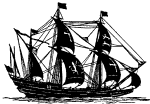





















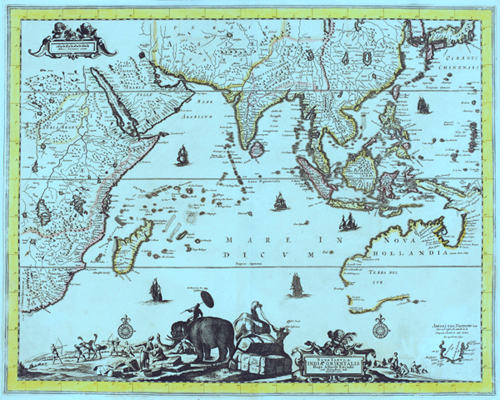





















.jpg)
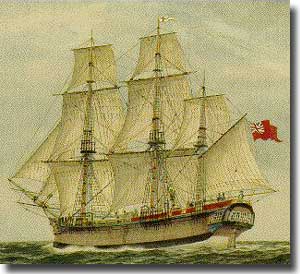

























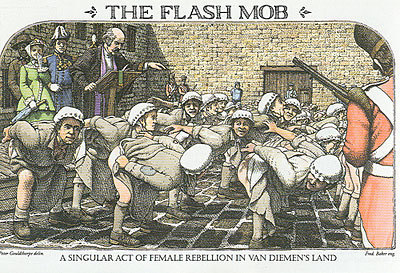
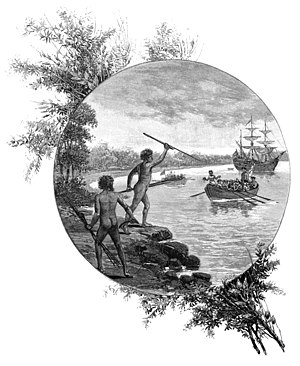 G
G







.jpg)
















No comments:
Post a Comment